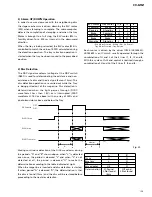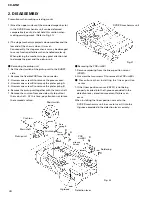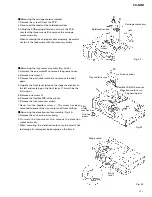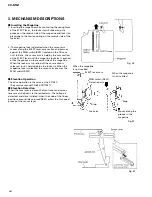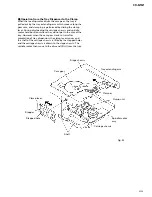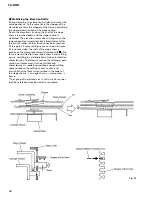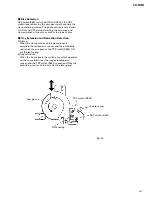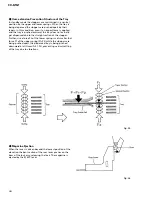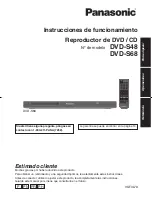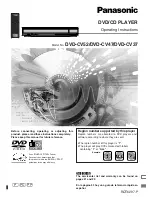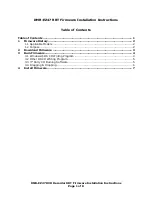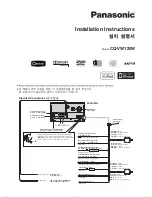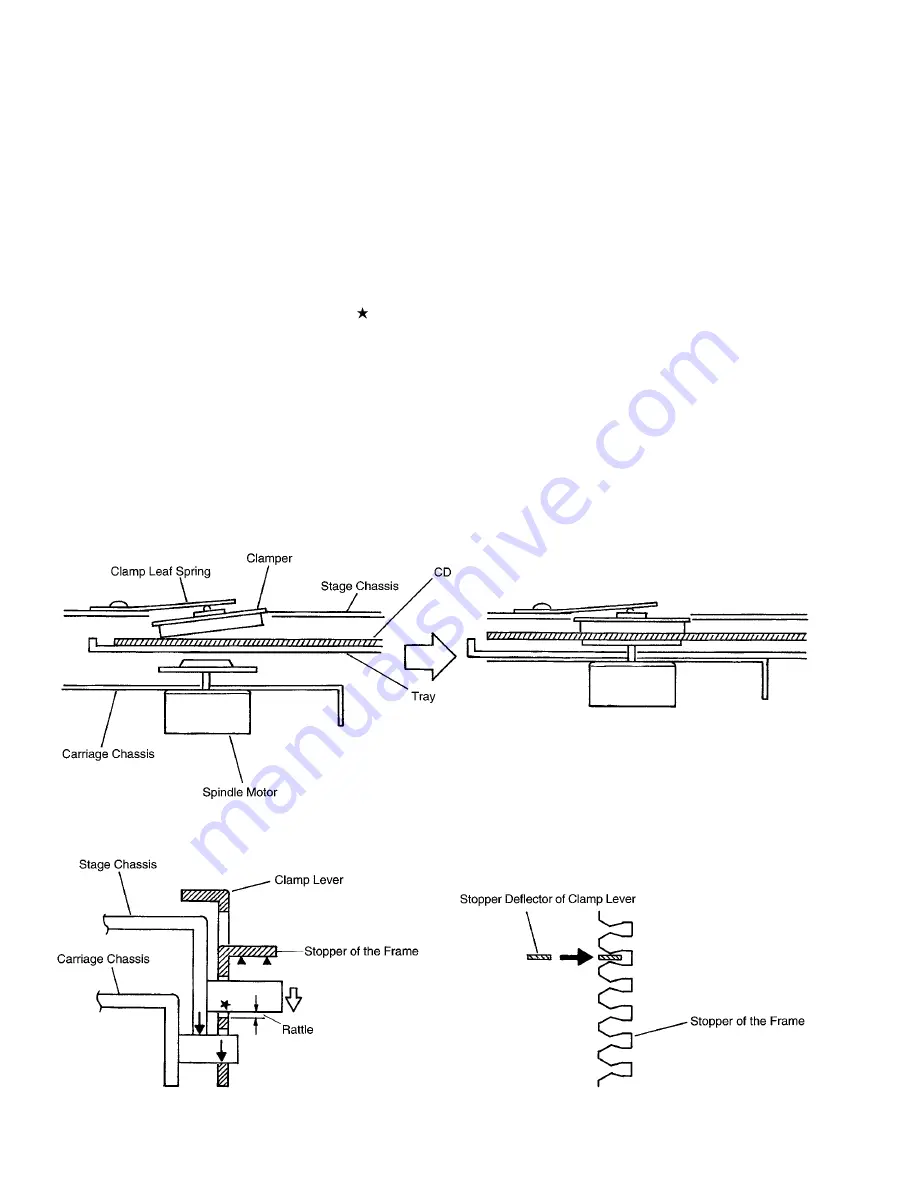
26
CX-692
-
Stabilizing the Elevation Rattle
During clamping, the clamp lever slides and moves the
carriage chassis. At the some time, the stopper of the
clamp lever enters the stopper of the frame, controlling
the up and down motion of the stage section.
Due to the elevation structure, the shaft of the stage
chassis is pushed down and the stage section is
stabilized. The elevation motor doesn't stop when the
lowered position is detected, but a fixed interval after
the limit of motion of the structure has been reached.
At this point, if some rattling space as shown in figure
33 is not provided, the shaft of the stage chassis
pushes on the clamp lever directly(marked with * ). No
force is transmitted to the carriage chassis and rattling
occurs, resulting in a deterioration of the anti-vibration
characteristics. Therefore, to reduce the rattling at each
section an improvement in the anti-vibration
characteristics is made by providing enough rattling
space to reduce the rattling at each section and
ensuring that the force is transmitted in the order of
the stage chassis -> carriage chassis -> clamp lever ->
frame.
*The spring of the jointed arm is set in such a manner
that these relationships do not fall out of place.
Fig. 33








